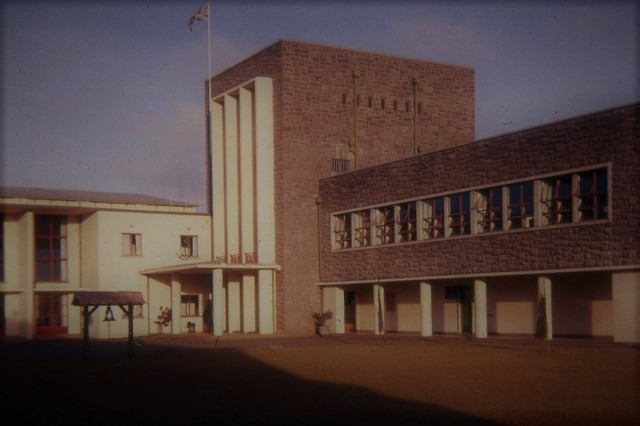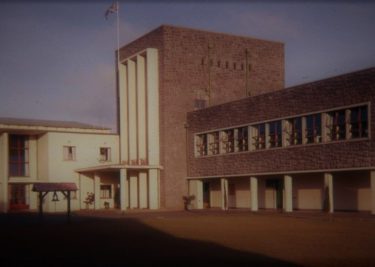Lenana School

Upon the close of First World War in 1918, Britain needed to demobilize her large army and reward the soldiers for faithfully serving The Crown. The following year Men of the Officer Class were allocated land in the British East Africa Protectorate and the result was a dramatic increase in European settlement.
Later, in 1949, four years after the Second World War, tensions between the British and the other European settlers could still be felt within the colony. The camaraderie that was shared among them was no more and affected their feelings about the shared European institution, The Prince of Wales School. The British wanted a school for the Smiths, Bennets, Millers, and Moores, insisting on the creation of a school exclusively for the British boys.
As the colonial Governor and patriot of his country, Philip Eun Mitchell pledged his loyalty to his people and took upon himself the arduous task of establishing a school to cater to these needs. That year, the Duke of York (TDYS) opened at Governor Mitchell’s House (current State House) and enrolled the first cohort of 76 students. Mitchell’s naming of the new school followed the titles of nobility in the Peerage of the United Kingdom where the ‘Prince of Wales’ is the title reserved for the firstborn son of British monarchs, while the ‘Duke of York’ for the second-born son.
In a show of some solidarity between the brother schools, during TDYS’s inaugural ceremony on the 28th of January 1949, the Duke of York’s emblem, Tudor rose flag, was hoisted by the Prince of Wales School’s Head Boy, Jeffrey Griffin.
As the school term commenced, expansion plans were already underway. Governor Mitchell and his team started searching for an ideal location for the school. In due time, a 250-acre plot within Karen was selected as the new site for the school.
The Governor and team ensured that the school’s design was specific. They made plans to include amenities that stretched across its entire space. Mitchell ensured that a nine-hole golf course was set up. He organized for a rifle range. He made orders for horses that would occupy the stables. He planned for a cricket pavilion, sports fields for rugby, football and hockey, and courts for tennis and squash. The school was complete with an Olympic sized swimming pool.
As for the curriculum, the school was modeled after the British public system. However, the emphasis of this school was not solely on academic excellence but it was also created to nurture the future administrators and leaders of colonial Kenya. The first principle of TDYS, R.H James, was a retired army Captain. Under his stewardship, the school employed a formidable cadet training course where students were dedicated to learning military tactics. During the Mau Mau uprising, upon graduating, the students immediately joined the British army.
Yet, as change is indeed inevitable, Kenya gained independence from the British in 1963 and with that came a restructuring of her society. The first African and Asian students were soon accepted into the school. They suffered harsh discrimination under the European majority but focused and soared in their studies. Kenyanization saw TDYS change face and become Lenana School, after the famous Maasai Oloibon, Lenana.
In 1969 James Kamunge was chosen as the school’s first African headmaster. He met a lot of resistance from his European subordinates but acquired the right dose of relentless to see him through his tenure. By the time the 70s rolled in, more African teachers were equipped in skill and Lenana School employed three of the best. With Kamunge as principal, Lenana boys grew in excellence and the school’s status further rose in national rankings.
Lenana became a force to be reckoned with in educating future African leaders. The ‘Old Yorkists,’ became the ‘Laibon Society’.
So Yorkists and Laibons, tell us, what changes did attending this school rouse in you?






